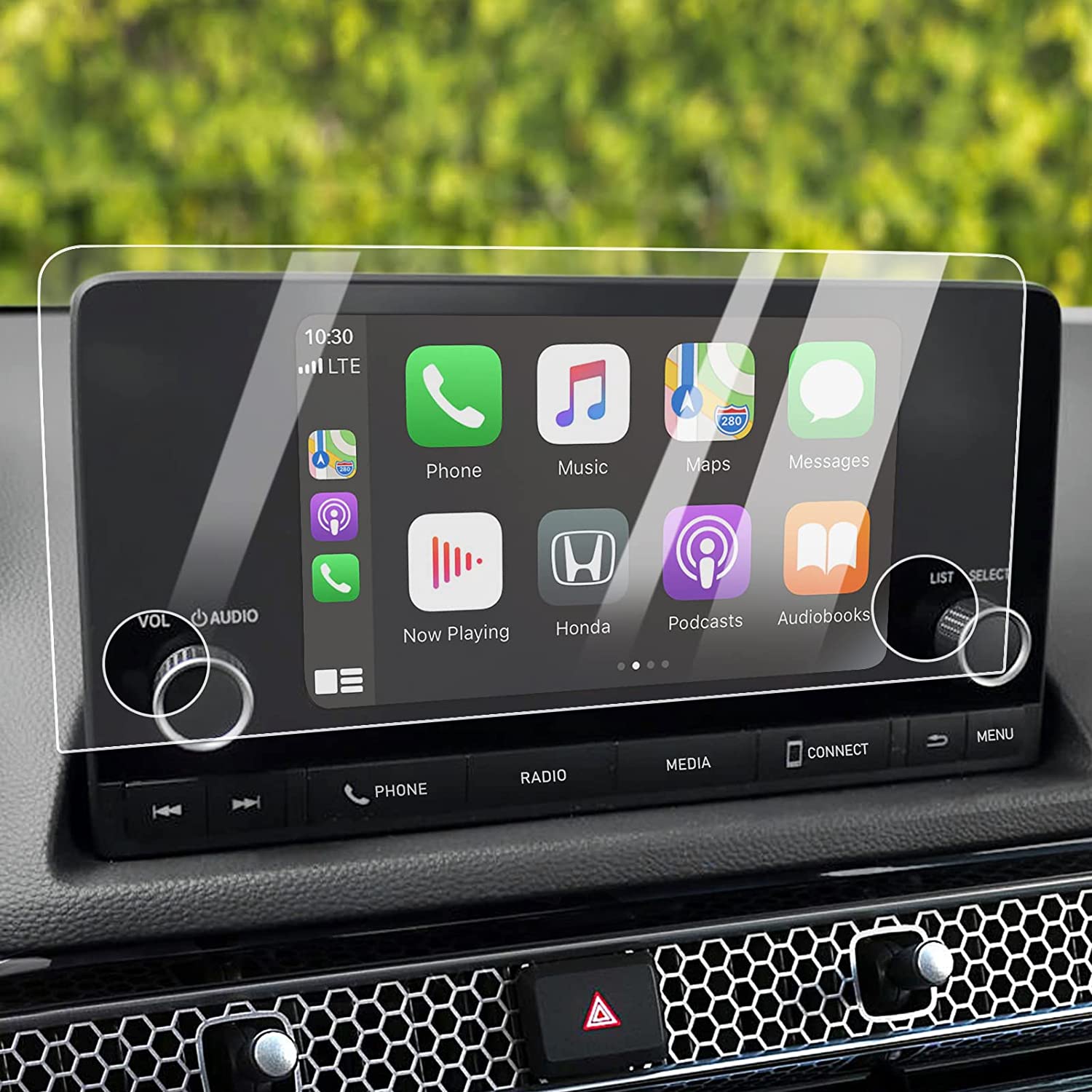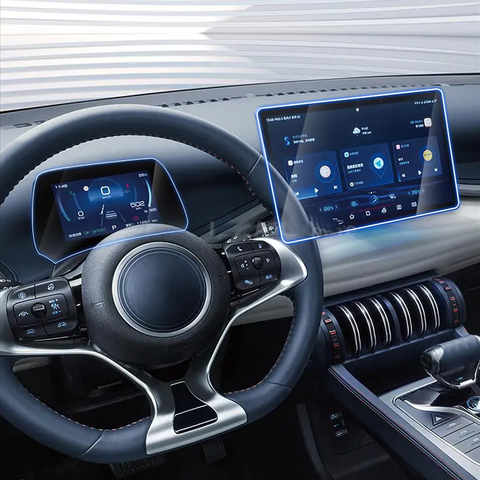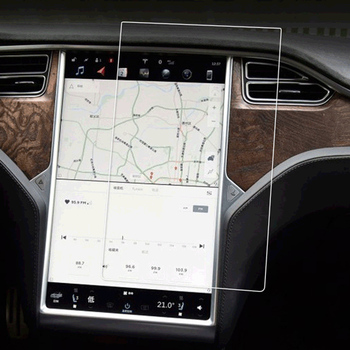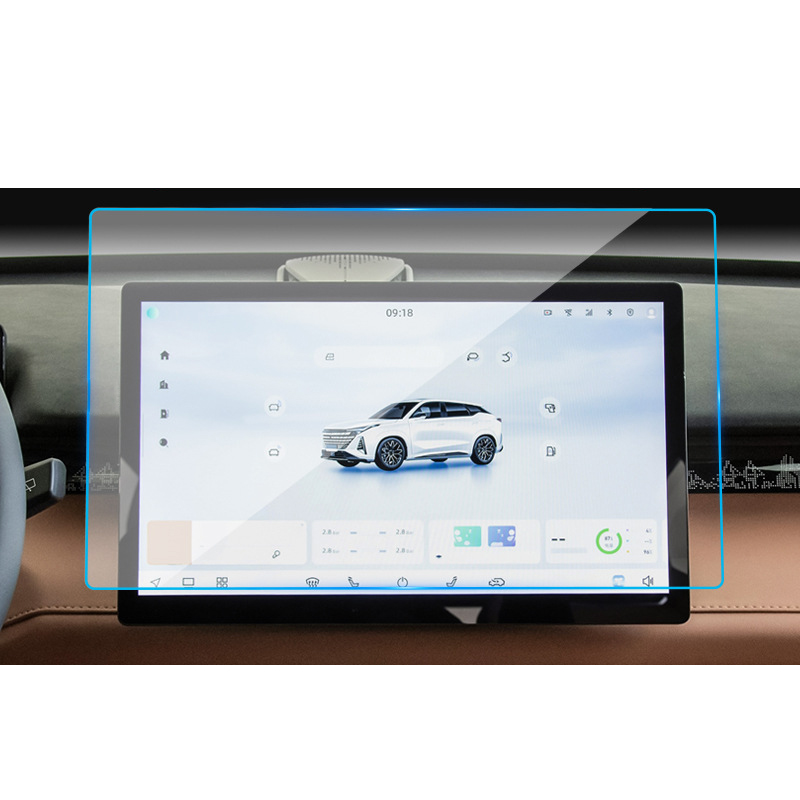
Screen Protectors for Foldable Phones- What You Need to Know
Table of Contents
Extract
Summary
Screen protectors for foldable phones have become essential accessories in the rapidly evolving mobile device market. As foldable phones grow in popularity due to their unique ability to combine the compactness of smartphones with the expansive displays of tablets, the need for specialized screen protectors has increased. These screen protectors are designed to address the unique challenges posed by foldable screens, including maintaining durability, clarity, and touch sensitivity while accommodating the devices’ flexible nature. The history of screen protectors dates back to the pre-smartphone era, with the first patent filed by Herbert Schlegel in 1968 for use on television screens. Over the years, screen protector technology has advanced significantly, with modern iterations incorporating materials like tempered glass, sapphire crystal, and synthetic diamond coatings. The advent of foldable phones has spurred further innovation, leading to the development of new materials and features such as privacy filters, glare reduction, antimicrobial coatings, and self-healing properties to enhance both protection and user experience. Foldable phone manufacturers, including industry giants like Samsung, LG, and Royole Corporation, have been at the forefront of integrating robust screen protection solutions into their devices. These companies invest heavily in research and development to create screen protectors that not only safeguard the delicate flexible displays but also preserve the aesthetics and functionality of their foldable phones. The market offers a variety of screen protectors, including tempered glass, plastic film, thermoplastic polyurethane (TPU), and nano glass, each catering to different user needs and preferences. Despite the advancements, the market for screen protectors for foldable phones is not without controversy. Some users report issues with bubbling, tearing, and decreased touch sensitivity, particularly with TPU and nano-glass protectors. Additionally, the high cost of tempered glass protectors and the complexity of installation methods, especially wet installations, can be deterrents for some consumers. However, the benefits of these protectors in maintaining device longevity and user satisfaction often outweigh the drawbacks, making them indispensable for foldable phone owners.
History and Development
The concept of screen protectors predates the modern smartphone era, originating with devices like personal digital assistants (PDAs). The first screen protector was designed and patented by Herbert Schlegel in 1968 for use on television screens
. As PDAs became popular, screen protectors were introduced to prevent damage from the stylus tips that could scratch the sensitive LCD surfaces. Screen protectors have evolved significantly since their inception, especially with the rise of mobile devices. Initially, these protectors were flimsy films that often frustrated users due to their difficulty in application and limited durability. However, advancements in material science have led to the development of stronger and more durable screen protectors, made from materials such as tempered glass, sapphire crystal, and synthetic diamond coatings. In the realm of patents, a notable development was the 3M “antisoiling hardcoat” patent filed in 2000 and granted in 2005. This technology, initially inspired by protective measures for rear-projection television screens and devices like fish finders, significantly influenced the design and functionality of modern screen protectors. The transition from traditional smartphones to foldable phones brought new challenges and opportunities for screen protector technology. The global foldable smartphone market is growing rapidly, driven by advancements in OLED technology and the demand for multifunctional devices that combine the compactness of smartphones with the expansive displays of tablets. To meet the specific needs of foldable devices, screen protectors now incorporate features that enhance usability, such as privacy filters, glare reduction, antimicrobial coatings, and self-healing properties. Key players in the market, including Samsung Electronics, LG Display, and Royole Corporation, have focused on research and development to innovate integrated display technologies for foldable phones. This technological evolution ensures that screen protectors not only provide physical protection but also enhance the overall user experience by offering additional functionalities and maintaining the aesthetics of foldable devices.

Types of Screen Protectors
Screen protectors for foldable phones come in various types, each offering distinct features and benefits to cater to different user needs. The most common types include tempered glass, plastic film, thermoplastic polyurethane (TPU), and nano glass.
Tempered Glass Screen Protectors
Tempered glass screen protectors are highly valued for their strength and durability. These protectors are made from a sheet of tempered glass that undergoes controlled heating and rapid cooling to enhance its toughness, making it resistant to scratches, impacts, and daily wear and tear
. They typically consist of multiple layers, including a shock-absorbent silicone sheet, PET film, the tempered glass itself, and an oleophobic coating to repel fingerprints and smudges. Despite being thicker and costlier, they offer superior protection and maintain high transparency and touch sensitivity, making them an ideal choice for robust defense without compromising display quality.
Plastic Film Screen Protectors
Plastic film screen protectors, often referred to as film screen protectors, are composed of a thin layer of plastic. They are single-layered and provide basic protection against minor scratches and scuffs
. Film protectors can come with additional features such as anti-glare, anti-fingerprint, and privacy protection functions, which can enhance the usability of the device in various lighting conditions and privacy settings. These protectors are generally more affordable and less noticeable once applied but offer less protection compared to tempered glass options.
Thermoplastic Polyurethane (TPU) Screen Protectors
TPU screen protectors are made from thermoplastic polyurethane, a type of plastic that is chemically treated to improve properties like scratch resistance, oil and grease resistance, flexibility, and toughness
. TPU protectors are known for their elasticity, giving them self-healing properties that allow minor scratches to disappear over time. They can cover the entire screen, including curved edges, providing better impact protection than traditional plastic films. However, they might have a rubbery texture and can be challenging to install due to the need for a spray solution and careful squeegeeing to avoid bubbles.
Nano Glass Screen Protectors
Nano glass screen protectors consist of a thin layer of liquid glass that is applied to the device’s screen. This type of protector is known for its self-healing properties, allowing it to repair minor scratches and dings autonomously
. While nano glass protectors offer good protection and are less noticeable than traditional tempered glass, they might not provide the same level of impact resistance as thicker glass protectors.
Key Design and Material Advancements for Foldable Phones
Foldable phones have brought significant advancements in the realm of flexible display technology, fundamentally transforming the smartphone landscape. The journey of foldable phones has been marked by the development of robust and durable flexible screens, leading to devices that are thinner, lighter, and more resistant to the wear and tear of regular folding and unfolding
. Additionally, these advancements have extended to improvements in display resolution, color accuracy, and refresh rates, thereby enhancing the visual experience and making foldable phones more appealing to consumers.
Innovative Form Factors
Modern foldable phones have evolved beyond traditional clamshell designs, presenting an array of innovative form factors. These designs range from inward-folding and outward-folding devices to flip-style and book-style foldables
. Each design necessitates tailored solutions for screen protection due to the varying folding mechanisms, screen sizes, and aspect ratios inherent in these devices.
Existing Solutions for Foldable Phone Screen Protection
To safeguard the delicate flexible displays of foldable phones, several innovative screen protection solutions have been developed. Among the prominent materials used are thermoplastic polyurethane (TPU) and nano-glass.
Thermoplastic Polyurethane (TPU)
TPU screen protectors offer exceptional flexibility, allowing them to fully cover 3D, rounded, and curved edge screens. They provide excellent fingerprint and touch sensitivity, high clarity, and good UV resistance
. TPU protectors are valued for their ‘self-healing’ ability, where minor scratches and impacts can repair themselves over time, maintaining the screen’s pristine condition. However, the installation process for TPU protectors can be cumbersome, often requiring a spray solution and a squeegee to remove bubbles.
Nano-Glass
Nano-glass represents a revolutionary advancement in screen protection materials for foldable phones. This material combines the strength and scratch resistance of traditional glass with the flexibility of plastic, making it ideal for the dynamic folding mechanisms of these devices. Nano-glass offers unmatched flexibility, superior scratch resistance, and enhanced optical clarity, ensuring that the foldable display remains protected without compromising on visual quality
.
Key Features to Consider
When selecting a screen protector for foldable phones, it is essential to weigh various factors to ensure you maximize the device’s performance and longevity.
Durability
Durability is a critical feature to consider. Foldable phones have inherent design weaknesses due to their hinges, which are points of potential failure. While manufacturers like Samsung claim their foldable devices can withstand up to 200,000 folds, and Motorola claims up to 400,000 folds, these moving parts introduce vulnerabilities
. Additionally, the inner flexible display of foldable phones is more susceptible to damage compared to traditional flat screens, making a robust screen protector a necessity .
Material
Screen protectors come in various materials, each with its pros and cons. Plastic screen protectors are lightweight and adhere well to curved surfaces, but they may not offer the same visual clarity or scratch resistance as tempered glass
. On the other hand, tempered glass screen protectors maintain excellent clarity and touch sensitivity, providing a near-original user experience . Liquid screen protectors, utilizing nano liquid technology, offer a super-smooth feel and high transparency, although they might attract dust and fingerprints over time .
Clarity and Touch Sensitivity
Clarity and touch sensitivity are paramount, especially for high-end foldable devices. Tempered glass protectors offer HD clarity, ensuring a crystal-clear display and a great viewing experience from all angles
. They also maintain excellent touch sensitivity, which is crucial for seamless interaction with the device’s touchscreen . Plastic protectors, although less clear, blend well with the original display and are less physically noticeable .
Additional Features
Modern screen protectors often come with advanced features like privacy filters, blue light filters, and antimicrobial properties, adding extra value and functionality
. These features can be particularly useful for foldable phones, enhancing their usability and differentiating the screen protectors from basic alternatives.
Aesthetic and Design
For users who prioritize the aesthetic and sleek appearance of their devices, plastic screen protectors offer a barely noticeable layer of protection that highlights the device’s design. However, for those who prioritize maximum protection, tempered glass provides better resistance against scratches, impacts, and cracks, even if it is slightly more noticeable
.
Cost
While plastic screen protectors are generally more affordable, tempered glass protectors can be pricier but offer superior protection and a more premium feel
. Choosing the right type of screen protector depends on balancing cost with the level of protection and features required. By considering these key features—durability, material, clarity, touch sensitivity, additional features, aesthetic, and cost—you can make an informed decision on the best screen protector for your foldable phone.

Benefits of Using Screen Protectors
Screen protectors offer a multitude of benefits that go beyond mere protection from scratches. One of the primary advantages is the peace of mind they provide. Knowing that your device is protected from scratches, cracks, and bacteria allows you to use it confidently, without fear of damage
. Recent advancements in screen protector technology have significantly enhanced the user experience. For instance, some screen protectors now include privacy filters that limit the viewing angles of your screen, keeping sensitive information safe from prying eyes. Others are designed to reduce glare, allowing for better visibility even in bright sunlight. The incorporation of cutting-edge technology into screen protectors has led to features like antimicrobial coatings that kill 99% of bacteria on your device’s surface, contributing to a healthier user environment. Additionally, some screen protectors come with self-healing properties, allowing minor scratches to disappear over time. These advancements not only offer protection but also enhance the usability and enjoyment of your device. The durability of screen protectors has also improved, with materials like tempered glass, sapphire crystal, and synthetic diamond coatings providing superior strength and scratch resistance. This is particularly beneficial for high-end devices like flagship smartphones and tablets, where the cost of screen replacement can be substantial. Tempered glass protectors, in particular, offer high levels of protection and are easy to replace, absorbing impact and breaking into tiny shards to prevent damage to the actual screen. Screen protectors can also help maintain the value of your device by keeping it in pristine condition. This is especially important for foldable phones, where flexible protectors are necessary to prevent peeling or air bubbles. Some high-quality protectors, like ArmorSuit’s MilitaryShield HD, come with self-healing properties and resist discoloration, ensuring long-lasting protection. Ultimately, screen protectors offer a simple and affordable solution to safeguard your device from various types of damage, providing added convenience, security, and peace of mind.
Installation Process
Installing screen protectors on foldable phones involves several careful steps to ensure proper adhesion and functionality. There are different methods for installation, each with its own set of instructions and tools. Below are the step-by-step guides for various installation processes.
Wet Installation
Wet installation involves using a liquid adhesive that helps the screen protector adhere smoothly to the display. This method is particularly useful for foldable phones as it can help minimize bubbles and ensure better alignment. 1.
- Turn off your phone to avoid any accidental inputs during the installation process.
- Wash your hands and dry them with a clean towel to remove any excess lint .
- Use a mild solvent like eyeglass cleaner or rubbing alcohol to wipe the screen, ensuring it is free of dust and smudges .
- Dry the screen thoroughly with a soft cloth and use a blower or lint-free cloth to remove any remaining lint .
- Remove the red cap of the liquid solution tube and screw it into the plastic bridge .
- Tighten the connection, then remove the black cap and let the liquid solution pour out for about 30 seconds or until it’s empty .
- Peel the screen protector from its backing and spray the side that will face the screen with the liquid solution .
- Place the screen protector on the phone and align it to your liking; the wetness will help you maneuver it around .
- Use a soft cloth wrapped around the edge of a credit card to remove any air bubbles, starting from the center and moving towards the edges .
- Ensure the protector is firmly adhered to the display .
- Let the liquid solution dry completely, which can take at least 8 hours. It is recommended to perform this installation at night .
Dry Installation
For those who prefer not to use liquid solutions, dry installation offers a simpler, mess-free alternative. 1.
- Wash your hands and dry them with a clean towel to avoid any contamination .
- Wipe the screen with a mild solvent like eyeglass cleaner or rubbing alcohol to ensure it is clean .
- Use a lint-free cloth to remove any remaining lint .
- Carefully align the screen protector to the display, ensuring it clears features like camera spots and microphone holes .
- Some screen protectors come with alignment tools to help with this process .
- Once aligned, peel off any backing from the protector and place it gently on the display .
- If it’s not perfectly aligned, you can gently remove and reapply it .
- Use a soft cloth or a squeegee to push out any air bubbles from the center to the edges .
- Ensure the protector is securely attached to the display . By following these steps, you can achieve a clean, bubble-free installation of a screen protector on your foldable phone. Whether you opt for wet or dry installation methods, the key is to prepare thoroughly and proceed carefully to ensure the best results.

Screen Protector Factory
Popular Brands and Products
Foldable phones have become increasingly popular, prompting a rise in demand for specialized screen protectors that can cater to their unique designs and functionalities. Several brands have emerged as leaders in providing high-quality screen protectors for these innovative devices.
Samsung
Samsung has made significant strides in the foldable phone market with its Galaxy Z series, including the Galaxy Z Fold 3, Z Fold 4, and Z Fold 5. Each generation brings improvements in display clarity, durability, and productivity
. For instance, the Galaxy Z Fold 3 features a unique film covering alongside an IPX8 water resistance rating, making it a bestseller. The Galaxy Z Fold 4 further refines this concept by optimizing the display space through a slimmer hinge, enhancing the user’s immersive experience. Popular screen protectors for Samsung’s foldable phones include:
- ArmorSuit MilitaryShield Screen Protector: Known for its tough, scratch-proof film, this protector also reduces dust, oil, and fingerprints, although some reviews mention issues with tearing and bubbling at the fold.
- Spigen Glas.tr Full Cover: This tempered glass protector is praised for its 9H hardness, oleophobic coating, and easy, bubble-free installation. It’s designed to fit perfectly with all Spigen cases, ensuring long-term durability.
- Whitestone Dome Film Screen Protector: Offering edge-to-edge coverage and self-healing technology, this protector is more fingerprint-resistant than TPU options. However, users have reported air bubbles appearing after folding and unfolding the phone.
Google has entered the foldable phone market with the Pixel Fold, featuring the advanced Google Tensor G2 processor. This device aims to bridge the gap between smartphone and tablet functionality, although it lacks stylus support and is slightly heavier than its competitors
. Screen protectors available for the Pixel Fold include:
- Supershieldz Tempered Glass Screen Protector: This pack includes three high-quality tempered glass protectors with 9H hardness, 99.99% HD clarity, and a smudge-resistant coating. Installation is straightforward, ensuring a hassle-free experience.
- DeltaShield Anti-Bubble Screen Protector: Offering solid protection and a lifetime guarantee, these protectors are laser-cut for a perfect fit and feature a self-heal function to remove minor scratches over time.
- Spigen EZ Fit Glass Screen Protector: Known for its easy installation, this tempered glass protector secures the front of the Pixel Fold from drops and everyday wear and tear.
Motorola
Motorola’s Razr+ taps into nostalgia with its flip phone-style design, offering modern technology alongside an exterior screen that allows full app access. This device caters to consumers looking for sleek design and convenient portability
.
Microsoft
Microsoft has also ventured into the foldable phone market with the Duo 2, which features a dual-screen design. This device offers a unique user experience, differentiating itself from single-screen foldable phones
.
Consumer Response and Market Evolution
Consumers in the United States are increasingly eager for innovations in both smartphones and screen protectors, creating a demand for new and advanced products. For example, in August 2023, the American company BodyGuardz introduced a groundbreaking screen protector made from broken glass and sand, which resonated well with environmentally conscious consumers
. This enthusiasm for innovation is mirrored in the projected Compound Annual Growth Rate (CAGR) for the U.S. market, which is expected to be a robust 6.4% during the forecast period. Technology innovation stands out as a key strategy among market players. Companies are investing heavily in research and development to leverage technological advancements, which in turn fuels the creation of more effective and durable screen protectors. Many smartphone companies have also started to produce in-house screen protectors, yet the market remains open to numerous players, both local and multinational. Local players thrive by offering cost-effective solutions, while multinational giants distinguish their products through high-end, innovative features. Collaborations between smartphone manufacturers and technology giants further shape the competitive landscape. For instance, Samsung partnered with Google to optimize Android for foldable devices, enhancing user experience and product functionality. Such strategic alliances not only strengthen the market position of the involved companies but also broaden their product offerings, driving further innovation. As the market evolves, the Asia Pacific region is emerging as a focal point due to its large consumer base and rapid adoption of new technologies. Educational campaigns aimed at informing consumers about the benefits of innovative screen protection solutions are proving effective in raising awareness and driving demand. This dynamic and competitive landscape, driven by constant innovation and consumer engagement, underscores the ongoing evolution of the screen protector market for foldable phones.
User Reviews and Feedback
User reviews and feedback on screen protectors for foldable phones reflect a broad range of experiences and insights. Among the notable sources of consumer insights, platforms like NBC Select provide comprehensive evaluations and comparisons of various screen protectors, assisting buyers in making informed decisions
. Staff writers and industry experts such as Nishka Dhawan and Mili Godio have extensively covered screen protector options, highlighting user preferences and practical considerations to keep in mind while shopping. These discussions emphasize the importance of attributes such as durability, scratch resistance, and ease of application. Moreover, the Insider Reviews team also contributes to this discourse by testing and recommending products independently of their advertising team. They gather feedback from users and invite readers to share their experiences via email, ensuring a continuous loop of consumer engagement and product improvement. For instance, users often highlight the superior durability and enhanced scratch resistance of tempered glass screen protectors as key benefits, making them a preferred choice over alternatives like PT and TPU. The oleophobic layer on tempered glass, which helps eliminate fingerprints, is particularly appreciated for maintaining the aesthetic and functional quality of the phone’s display.
Comments
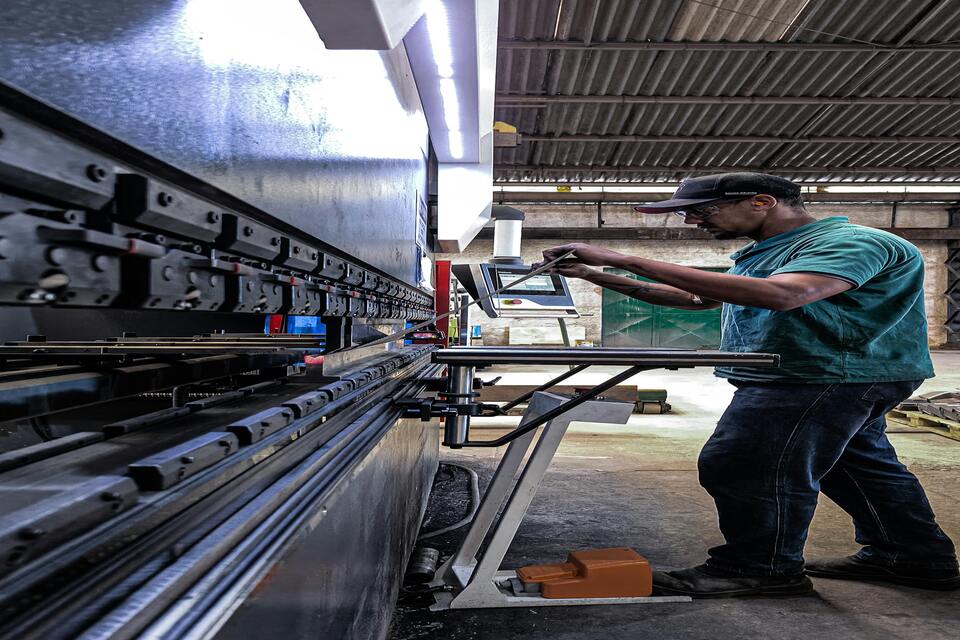
How Much Does a Phone Repair Cost?
Understanding the costs and options available for phone repair can help you make informed decisions.

Hoenter Clear Film: Any Device, Any Size
Wholesale Hoenter Clear Film: Offer custom-fit screen protectors for any device. Reduce waste, maximize profits, and increase customer satisfaction.
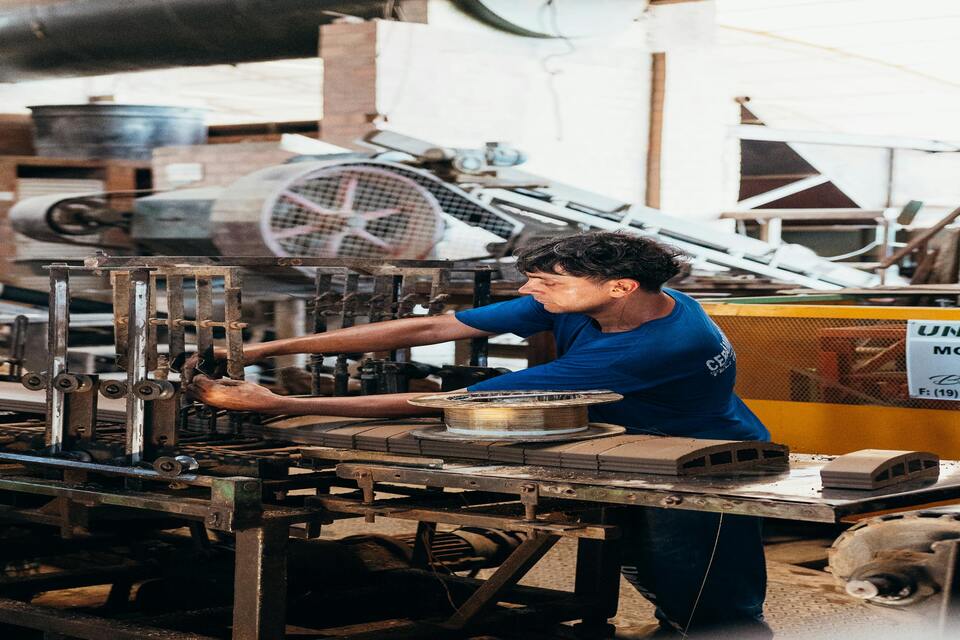
Do Phone Repair Shops Go Through Your Phone?
By following these guidelines, you can ensure that your phone repair experience is both secure and satisfactory.

Trumpchi GS8 2024 Navigation Instrument Tempered Glass
Protect your investment with a high-quality Trumpchi GS8 2024 Screen Protector.
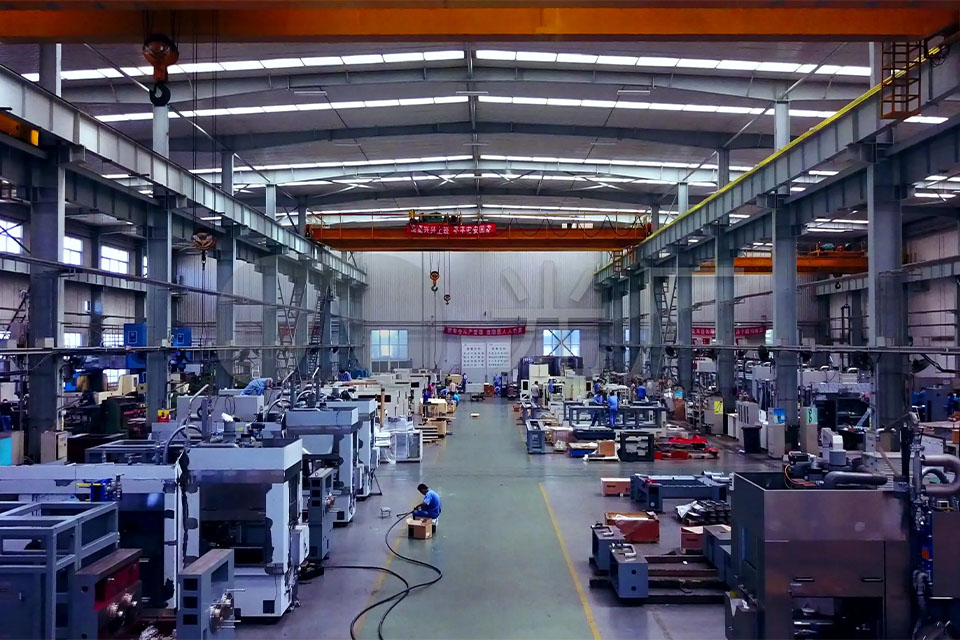
Screen Guard Machine- The Essential Tool for Tech Lovers
Screen guard machines are specialized devices designed to produce protective films and shields for electronic screens, such as those on smartphones, tablets, and laptops.
Tags
Find All knowledge and trends from our blog, get the wholesale price and best quality from our factory.

What Film Cutting Machine and Its Application
Film cutting machines have played a crucial role in the evolution of filmmaking and various industrial processes by enabling precise cutting and splicing of film materials.

What Is a Screen Protector Cutting Machine?
A screen protector cutting machine is a specialized device designed to produce custom-fit screen protectors for various electronic devices, including smartphones, tablets, smartwatches, laptops, and monitors.

How Mobile Phone Screen Protector Cutting Machine Work?
A mobile phone screen protector cutting machine is a sophisticated device designed
to produce customized screen protectors for various digital devices with high preci
sion and efficiency.

Characteristics of Mobile Phone Tempered Glass and Mobile Phone TPU Screen Protector
Thermoplastic polyurethane (TPU) screen protectors are flexible, durable, and
self-healing plastic films designed to protect electronic device screens from
scratches, impacts, and other potential damages.

Revolutionize Device Protection with Screen Guard Cutting Machine
Whether you possess a smartphone, tablet, or smartwatch, this versatile machine accommodates a vast array of devices. It seamlessly adapts to the dimensions of your gadget, offering a custom fit that generic protectors can’t match.

Screen Protector Lifetime Warranty
A screen protector lifetime warranty is a guarantee provided by manufacturers that
promises to repair or replace a screen protector for the lifetime of the product, under specific terms and conditions.


